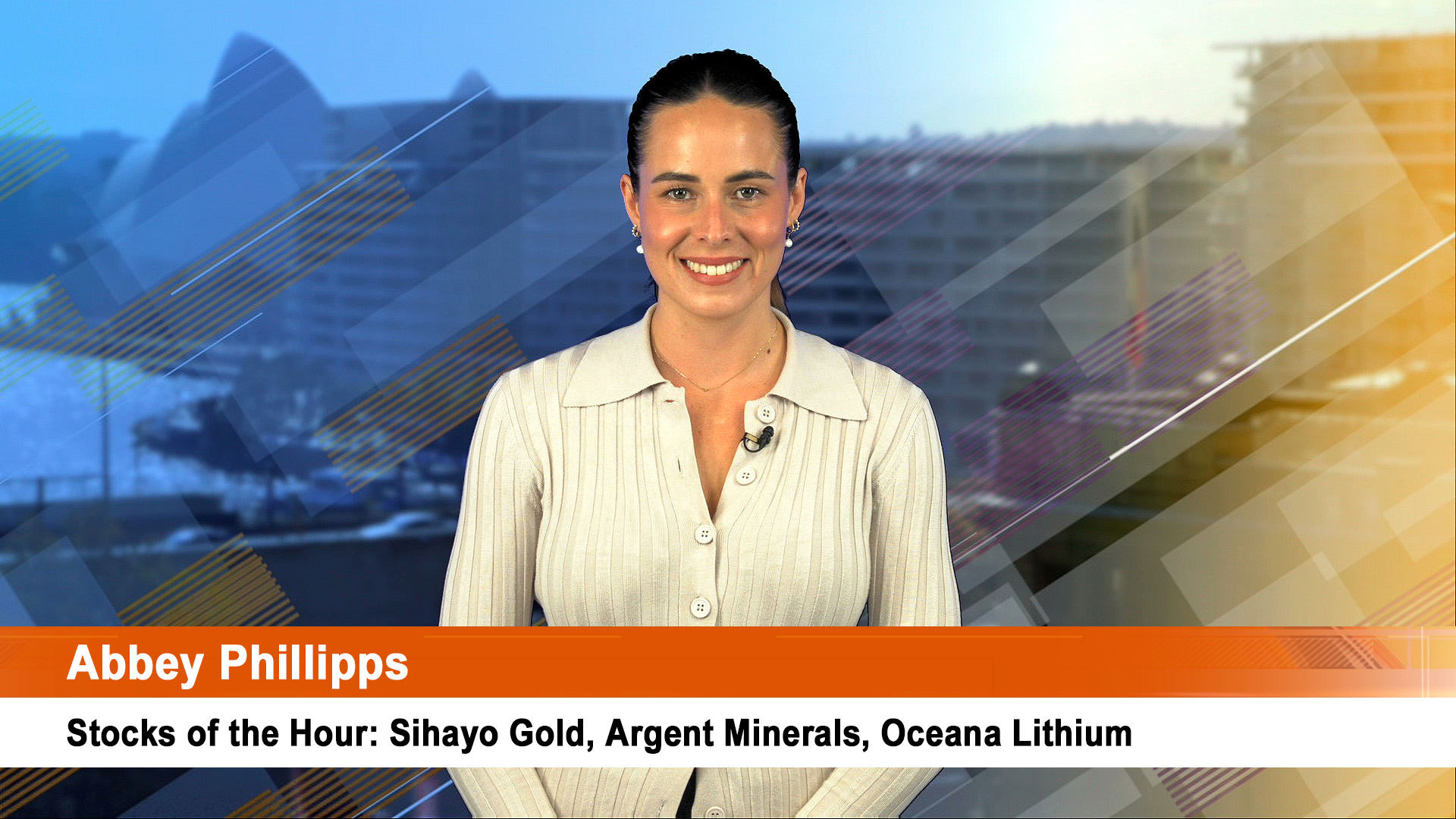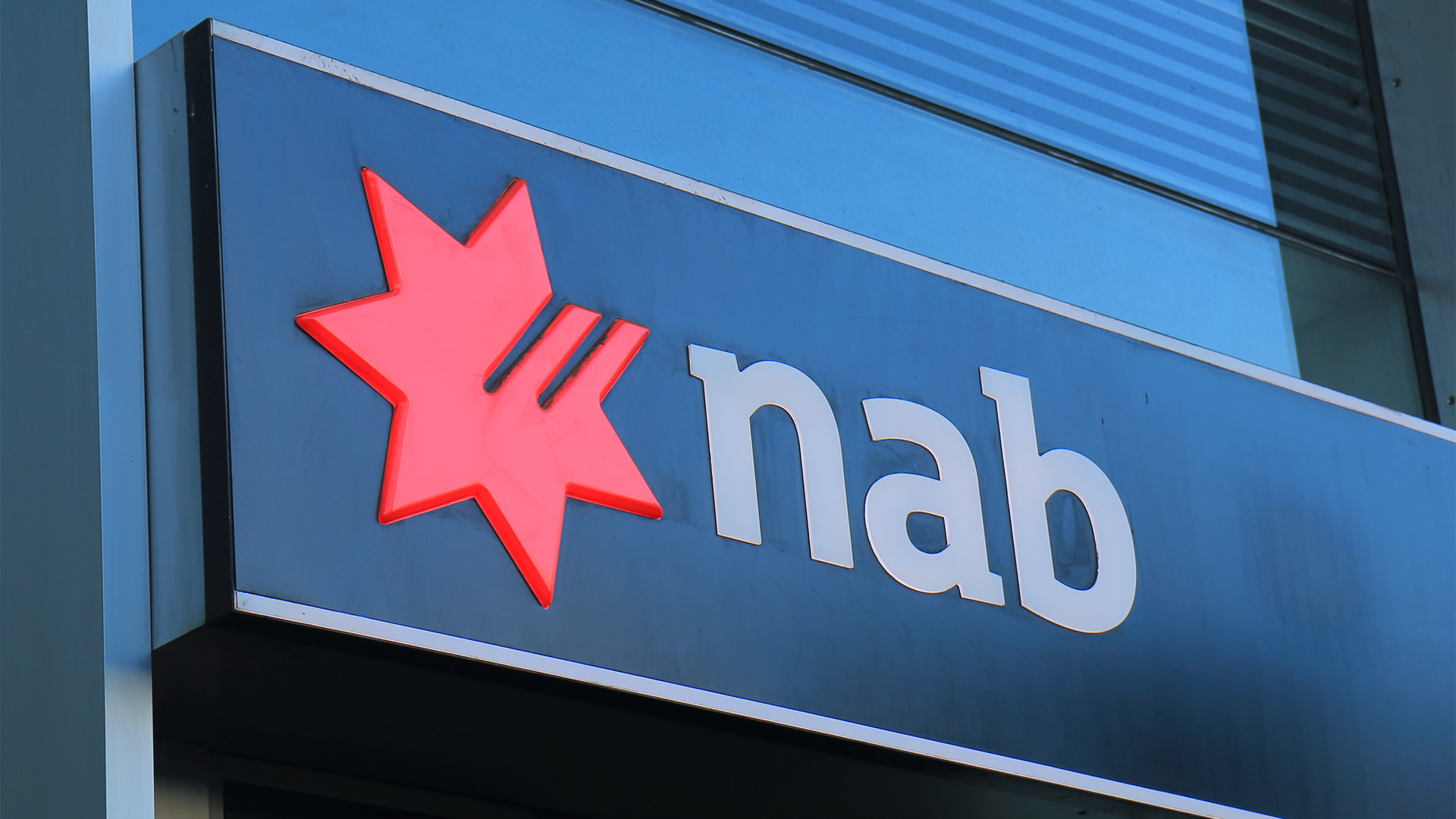Buried yesterday’s BHP Billiton exploration and development report for the 4th quarter and for all of the 2011 financial year was another major story for the world’s biggest mining company.
Not only is it heading for another record year of profits, after setting records for four of its major commodities, including the most important of all, iron ore, but its already large copper resources have been boosted significantly.
After a four year, near $US400 million drilling program, the company has revealed a massive expansion of reserves at the Escondida copper mine in Chile and the discovery of two new major deposits nearby.
As a result of the exploration, BHP revealed a massive $525 billion increase in the copper resource estimate at Escondida.

The 54 million tonne increase to 106 million tonnes of copper, worth more than $US1 trillion (before mining and treatment costs), means the operation could well be producing in 100 years time.
And it also boosted reserves at the 33.3% owned Antmina mine on Peru by 32% following more drilling and the rise in the price of copper, which is up more than 40% in the past year and which hit a three month high on Tuesday.
BHP said output at Escondida fell 8% in the year, thanks to the expected decline in ore grades and will remain around current levels for the next year, with "volumes weighted to the second half".
BHP’s overall copper output rose 6% to 1.14 million tonnes in the year to June 30 as output recovered from a shaft outage at its Olympic Dam mine in Australia, but it fell 6% in the June quarter.
The company said yesterday the biggest resource boost was in and around the huge Escondida mine in northern Chile.
In fact the reserves at this already giant mine have been more than doubled, thanks to the drilling campaign and the surge in global copper prices which remain above $US9,800 a tonne and hit new highs earlier this year of close to $US11,000 a tonne.
The discoveries and reserves boost were reported amid news that the company spent $US1.2 billion on mineral and petroleum exploration in the year to June and approved 11 major projects during the year at a budgeted cost of almost $US13 billion.
This is on top of paying $US4.75 billion for shale gas reserves in Arkansas and the $A14 billion offer for another US shale gas operator in Petrohawk Energy.
That will be a deal for this 2012 financial year, but it illustrates the enormous pipeline of projects, exploration and acquisitions the company has underway across the globe.
BHP said the resource "surrounding the Escondida mining complex" had been lifted by 129%.
It said this comprised a 40% increase at Escondida and initial reporting of Mineral Resources for the Pampa Escondida and Pinta Verde prospects.
"This significant increase follows an extensive four year, US$381m (100% basis) brownfield exploration program, and entrenches Escondida’s position as the world’s leading copper mine for decades to come," the company said.
Total resources at Econdida and the two new deposits were estimated at 19.501 billion tonnes at June 30, compared with 8.508 billion at the end of June 2010.
Besides the major copper component, gold and silver is also produced at this enormous mining complex, the world’s biggest.
Current mining rates suggest the mine has a life in excess of 50 more years.
Earlier this year BHP approved the $US554 million Escondida Ore Access (EOA) project, the first of what will be a number of large projects to expand the mine’s output.
BHP’s share of the capital expenditure will be $US319 million, based on its 57.5% shareholding in the mine. The project will be finished in a year’s time.
The EOA project will relocate the crushing and conveying facilities, currently located inside Escondida’s main pit, to improve access to higher grade ore and thereby support higher production from 2013.
In its exploration and development report yesterday, BHP said the increase in the Escondida mineral resource from 2010 was "largely due to step-out and infill drilling results, and partly due to updated metal prices".
As a result total resource has jumped to 11.958 billion tonnes from just over 8.5 billion in June 2010.
BHP said Pampa Escondida "is a newly discovered porphyry copper deposit of hypogene mineralisation (chalcopyrite-bornite) that is located at depth between the Escondida and Escondida Norte mines.
"Pinta Verde is a newly declared Mineral Resource, based on a resource estimated from more than 76,500 metres of drilling.
"It is located 4km to the north of the Escondida mine, forming the western extension of the Zaldivar deposit, and is being evaluated as potential leach feed to the Escondida Oxide or Sulfide Leach facilities."
Total resource for both new deposits was put at 7.55 billion tonnes of ore.
In addition, BHP said the Antamina JV announced an increase to its estimated Ore Reserves and Mineral Resources during the second half of the 2011 financial year.
"At 30 June 2011, Mineral Resources have increased 32 per cent.
"The increase in Mineral Resource tonnes from 2010 are due to incorporation of data obtained from over 150,000 meters of additional core drilling and the application of revised prices," BHP said.
The total resource of copper, zinc and silver ore at Antamina rose to more than 1.9 billion tonnes at June 30, from 1.44 billion a year earlier.
Total reserves rose to 803 million tonnes of copper, zinc and s













